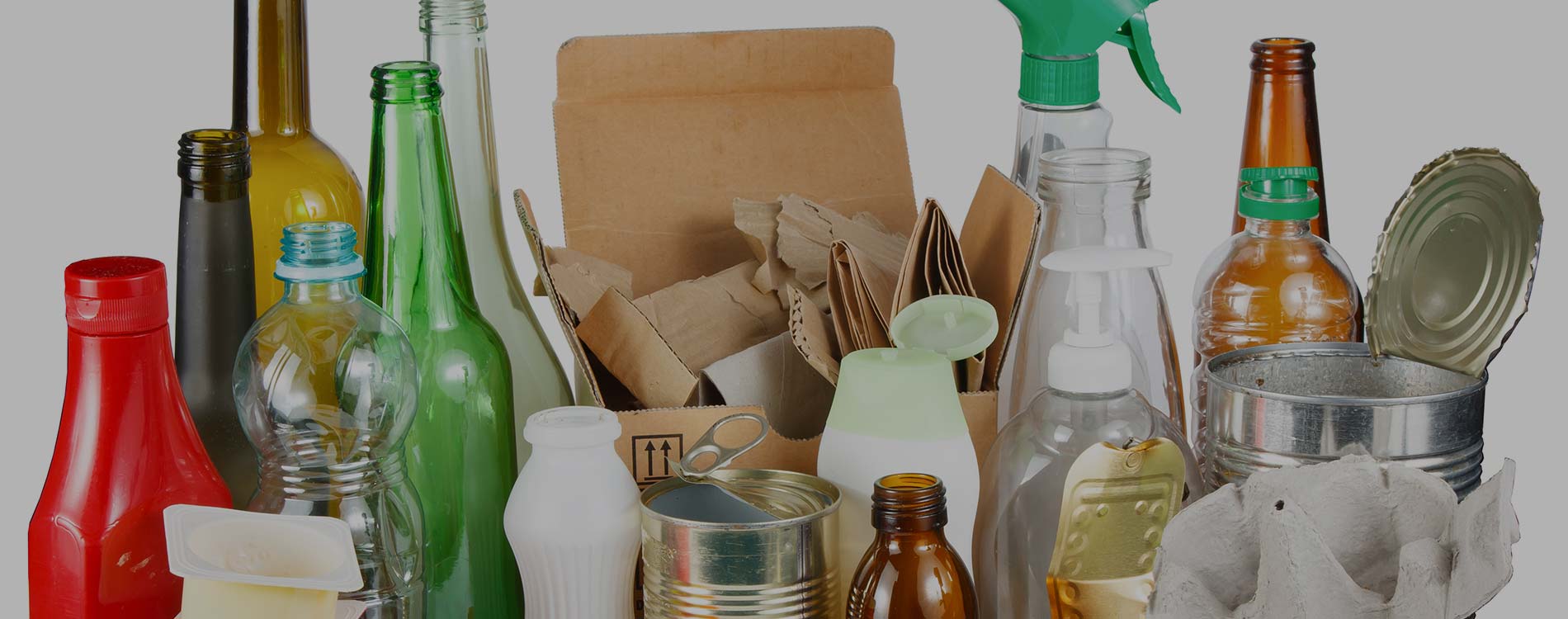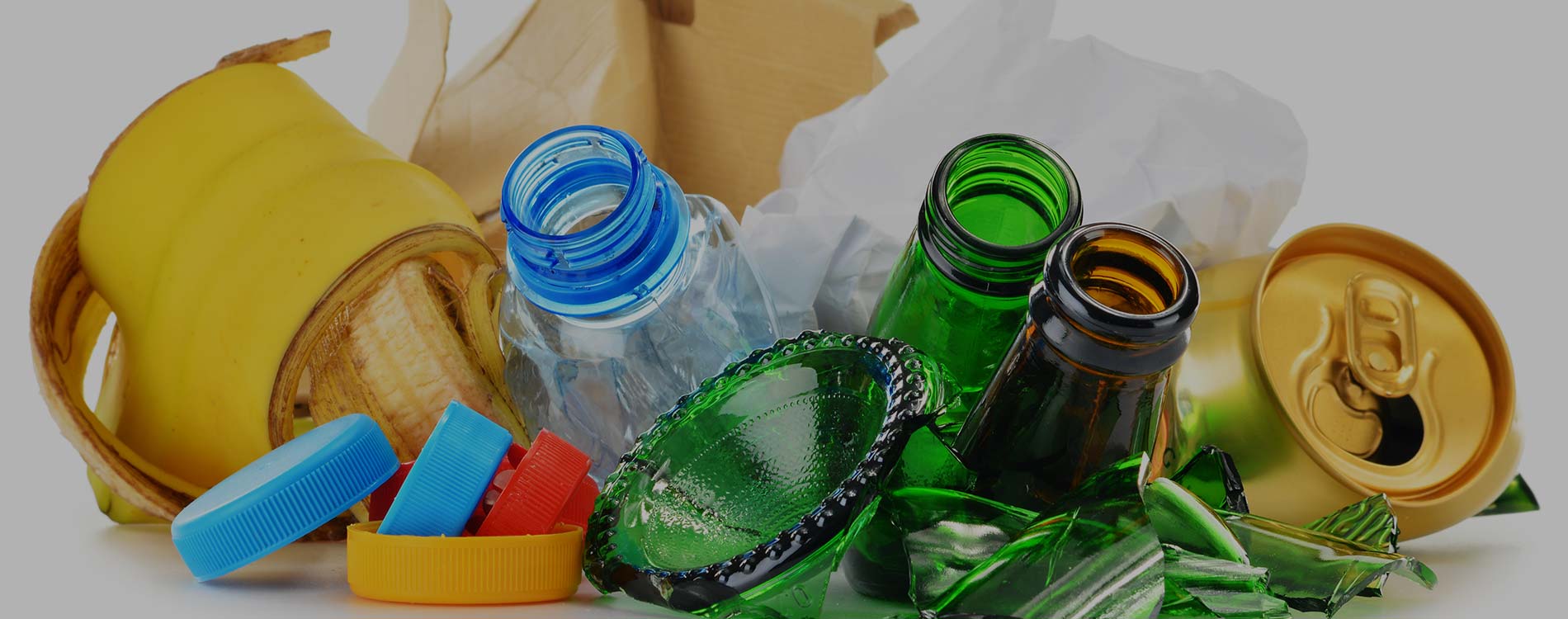Transforming Plant Pot Disposal into an Eco-Friendly Practice
Posted on 20/10/2025
In recent years, environmental consciousness has become a vital part of gardening and landscaping. One overlooked aspect is the waste produced from discarded plant pots. Reimagining eco-friendly plant pot disposal not only benefits our planet but also presents creative opportunities for gardeners and homeowners. This comprehensive guide will dive into transforming plant pot disposal into a sustainable practice through mindful choices, innovative recycling, and clever upcycling.
Why Is Eco-Friendly Plant Pot Disposal Important?
Every year, millions of plastic plant pots are used for propagating plants, container gardening, and nursery operations. Traditionally, these pots end up in landfills, contributing to plastic pollution and environmental degradation. Unlike biodegradable materials, petroleum-based plastics can remain in nature for hundreds of years, leaching harmful chemicals and affecting global ecosystems.
Environmental Impact of Improper Disposal
- Landfill Overflow: Most conventional plastic pots are not accepted by curbside recycling programs, leading them to pile up in landfills.
- Microplastic Pollution: Over time, plastic pots break down into microplastics, contaminating soil and waterways.
- Resource Depletion: Manufacturing new pots requires raw materials and energy, increasing the carbon footprint.
By focusing on eco-friendly plant pot disposal solutions, gardeners can significantly reduce environmental harm and contribute to a more sustainable world.

Understanding the Types of Plant Pots
Before discussing disposal techniques, it is crucial to identify the materials used in plant pots. These include:
- Plastic pots: Lightweight, inexpensive, but difficult to recycle.
- Terracotta and clay pots: Natural and porous, but heavy and fragile.
- Ceramic pots: Durable and decorative, but rarely recyclable.
- Biodegradable pots: Compostable and eco-friendly, easily break down in soil.
- Metal pots: Durable but prone to rust and less common in home gardening.
Knowing your pot material is essential when choosing the most responsible way to dispose of or reuse it. Now, let's delve into transformative approaches for sustainable plant pot disposal.
Recycling Plant Pots: A Key Eco-Friendly Practice
Are Your Pots Recyclable?
Most community recycling programs do not accept black plastic pots because optical sorters at recycling facilities cannot detect them. Pots in different colors, made from clean and labeled plastic (often #2 or #5), usually have a better chance of being recycled. To verify, always check for a recycling symbol and number at the bottom of the pot.
How to Prepare Plant Pots for Recycling
- Clean thoroughly: Remove all soil and plant residues.
- Check material codes: Identify the recycling number to ensure compatibility with local recycling rules.
- Remove labels and stickers: Peel away any paper or plastic product stickers, as these can contaminate the recycling stream.
- Stack pots if possible: This facilitates transportation and processing at recycling centers.
Identifying Recycling Drop-Off Locations
Several retail chains, nurseries, and community gardens offer special plant pot recycling programs. Here's where you should look:
- Garden centers and nurseries (often large chains participate)
- Local plant sales and swap meets
- Community recycling events
- Contacting your city's sustainability or solid waste department for guidance
*Never place plant pots in curbside recycling bins without confirming your local facility's policy!*
Upcycling: Giving Plant Pots a Second Life
If your pots aren't suitable for recycling, consider upcycling. Eco-friendly plant pot upcycling means creatively reusing discarded pots for other purposes. Upcycling not only diverts waste from landfills but also adds unique character to your home or garden.
Creative Ways to Upcycle Plant Pots
- Seed starters: Small plastic or biodegradable pots are perfect for sprouting seeds and can be reused season after season.
- Organizers: Use various-sized pots to store tools, pens, art supplies, or craft materials in your garage or studio.
- Garden decor: Paint and embellish old pots to craft birdbaths, fairy gardens, or colorful yard sculptures.
- Vertical gardens: Mount plastic pots onto fences or walls to create stunning vertical planters for herbs or succulents.
- Compost containers: Use cracked or damaged pots as mini compost bins for kitchen scraps or leaf litter.
Community Sharing and Donation
Consider donating extra pots to:
- Schools for classroom planting projects
- Community gardens and urban farms
- Local environmental or gardening groups
- Neighbors via online platforms or freecycling groups
Sharing gently used pots extends their lifespan, supports communal gardening, and fosters a spirit of sustainability.
Choosing Pots with the Environment in Mind
Implementing eco-friendly plant pot disposal methods begins with making responsible purchasing decisions. By selecting sustainable pots, gardeners can prevent future disposal problems.
Sustainable Plant Pot Options
- Biodegradable pots: Pots made from coir, rice hulls, peat, compostable paper, or cow manure can be planted directly into the soil, eliminating long-term waste.
- Recycled plastic pots: Many manufacturers now offer containers made from post-consumer recycled plastics, which support the circular economy.
- Terracotta and clay: While not recyclable, these can be reused indefinitely if cared for, and eventually break down in soil without harming the environment.
- Natural fiber baskets: Woven bamboo, jute, or seagrass pots are attractive, breathable, and biodegradable.
*When buying new pots, look for certifications or labels that confirm sustainability practices, such as "made from recycled materials" or "compostable."*
DIY Biodegradable Plant Pots
Make Your Own Eco-Friendly Pots at Home
Instead of purchasing new pots, why not craft your own from household waste or easily composted materials? Here's how you can make DIY sustainable plant pots:
- Paper pots: Roll newspaper or brown packing paper into cylinders and secure the base by folding and pressing. These are perfect for seedlings.
- Toilet paper rolls: Cut and fold the ends to form a base, fill with soil, and plant seeds directly.
- Egg cartons: Plant biodegradable seed starters directly from cardboard egg trays, which break down in the soil.
- Plantable fiber pots: Mold a mixture of compost, coco coir, and natural glue (like flour and water) in small cups. Dry them for a home-compostable option.
These homemade alternatives are not only environmentally friendly but also cost-effective and fun for all ages!
Managing Terracotta and Ceramic Pots Responsibly
While not typically recyclable through municipal programs, terracotta and ceramic pots can still be disposed of sustainably:
- Repurposing: Use broken shards for garden drainage, mosaic art, or pathways.
- Donation: Offer gently used pots to garden clubs and community groups.
- Landscaping projects: Crushed ceramics can be repurposed as mulch or decorative ground cover in landscaping.
Avoiding Harmful Disposals
Avoid putting glazed ceramics and painted pots in the ground, as certain finishes can leach chemicals. For truly end-of-life ceramics, contact your local recycling center about special construction and demolition waste programs.
What About Metal Pots?
Metal pots may last for decades, but eventually, they can rust or become unusable. To dispose of them:
- Scrap metal recycling: Most cities have scrap metal drop-off facilities. Remove as much soil and plant debris as possible.
- Repurposing: Old metal pots make excellent planters for hardy species or can be converted into unique outdoor walkway lights, tool buckets, or hose holders.
Tips for Minimizing Plant Pot Waste
Reduce, Reuse, Recycle - The Three Pillars
- Buy less: Only acquire new pots when necessary, and favor those made from recycled or biodegradable materials.
- Reuse creatively: Extend the life of every pot by practicing repair, cleaning, and repurposing.
- Recycle and upcycle whenever possible: Choose options that support the circular economy, benefiting both your garden and the planet.
Maintain Your Pots
Proper care extends the lifespan of any plant pot, reducing the need for frequent disposal. Clean and store pots in a dry place between growing seasons, and repair minor cracks or chips with waterproof glue or mending kits.

Community Initiatives and Advocacy
If your community lacks sustainable plant pot disposal options, consider starting a local initiative. Encourage neighborhood plant pot exchanges, advocate for nursery recycling programs, or host workshops on upcycling techniques. By spreading awareness, you empower others to join the movement for eco-friendly plant pot disposal practices.
Conclusion: Every Step Counts Toward Greener Gardening
Transforming plant pot disposal into an eco-friendly practice is more than a responsibility--it's a creative opportunity for gardeners to make a positive environmental impact. By recycling, upcycling, and choosing sustainable pot materials, we actively reduce landfill waste and promote healthier ecosystems. Every small change, from cleaning and reusing pots to joining community initiatives, helps build a greener world. Let's embrace sustainable plant pot disposal and inspire others to cultivate both beautiful gardens and a brighter, cleaner planet.

 020 3744 2205
020 3744 2205











